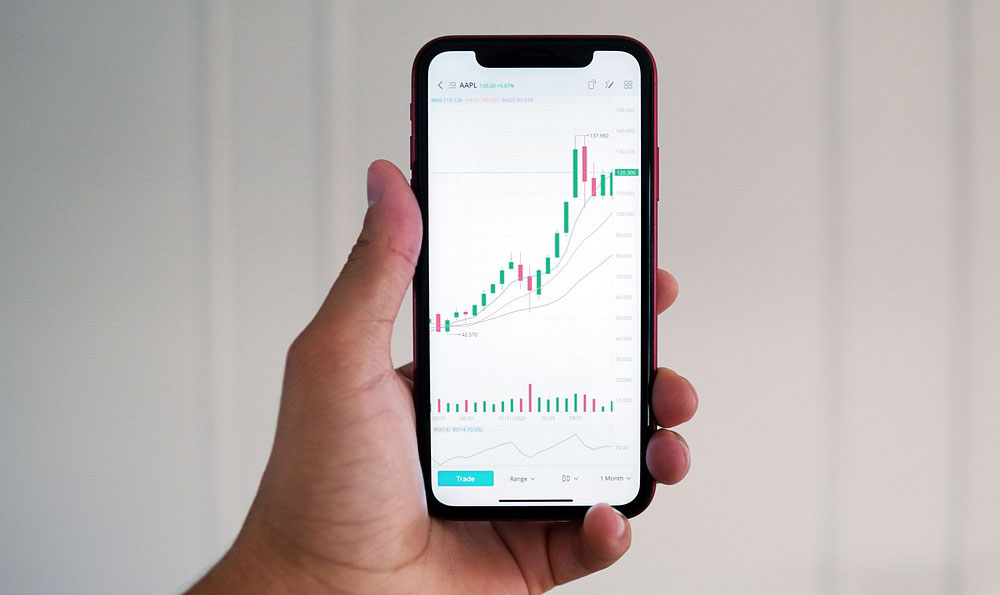Homeless individuals face a complex landscape of income generation, often navigating unstable and fluctuating financial conditions to sustain themselves. Their ability to earn money is deeply intertwined with the availability of resources, social structures, and systemic challenges. Understanding the various income sources for those without stable housing is essential to grasp the broader economic dynamics affecting this vulnerable population. While some may rely on formal employment, others turn to informal or alternative avenues to meet basic needs. This interplay between income and homelessness reveals critical insights into both personal survival strategies and the effectiveness of societal support mechanisms.
In many urban areas, the average daily income for homeless people is significantly lower than the minimum wage, creating a stark disparity between economic stability and marginalization. For those who manage to find work, opportunities are often limited to low-paying roles such as janitorial services, food preparation, or manual labor. These jobs may offer temporary financial relief, but they rarely provide long-term security or path to housing. The cyclical nature of homelessness means that earning potential is frequently constrained by factors like health conditions, lack of transportation, and geographical barriers. In addition to traditional employment, some homeless individuals engage in informal work arrangements, such as offering services for cash, working in the gig economy, or participating in barter systems. These alternative methods can supplement limited income but often carry risks such as exploitation or inconsistent payments.
Social safety nets play a pivotal role in supporting homeless people’s financial stability, yet their effectiveness varies widely across regions. Government-funded programs like Temporary Assistance for Needy Families (TANF) or Supplemental Nutrition Assistance Program (SNAP) provide critical financial aid, but eligibility requirements and bureaucratic hurdles can deter access. In some cases, homeless individuals receive housing vouchers or emergency financial assistance, which help reduce their reliance on unstable income sources. Nonprofit organizations also contribute by offering microloans, skills training, or employment support programs, aiming to foster self-sufficiency. Despite these efforts, systemic gaps persist, leaving many without sufficient resources to endure the long-term financial strain of homelessness.

The income sources for homeless people are not limited to immediate survival strategies; they often include accumulated savings, inheritances, or assistance from family and friends. However, the reality is that most homeless individuals have limited financial reserves, making them reliant on external support. In some regions, informal economies such as street vending, cleaning, or offering shelter in exchange for services provide a lifeline. These activities, while not formalized, demonstrate the adaptability of homeless individuals in seeking ways to generate income. For those in precarious situations, functioning without a stable income is a constant challenge, forcing them to make trade-offs between immediate expenses and long-term goals.
Access to stable income is closely linked to broader socioeconomic factors, including the availability of affordable housing and employment opportunities. In cities with high housing costs, the absence of a consistent income often perpetuates homelessness, creating a cycle that is difficult to break. Conversely, areas with stronger social programs and job readiness initiatives may see homeless individuals gradually securing better-paying jobs or transitioning into stable housing. The connection between income and homelessness is not always direct, as economic instability can lead to housing insecurity, and vice versa. This bidirectional relationship underscores the importance of addressing both issues simultaneously.
Financial resources for homeless individuals also extend to charitable contributions and community-based initiatives. Many rely on donations from sympathetic individuals or organizations, while others participate in volunteer programs that offer both income and social support. For example, some people engage in community gardening or repair work in exchange for basic necessities, blending income generation with social engagement. These activities, although not always sustainable, provide temporary relief and highlight the role of collective responsibility in addressing homelessness. However, the long-term viability of such resources depends on the level of public awareness and the commitment of local communities to support these efforts.
The discussion of income sources for the homeless is not solely about survival; it also involves the broader economic implications of systemic failure. When a significant portion of the population is unable to maintain a stable income, it reflects deeper issues such as inequality, lack of job opportunities, and inadequate housing policies. Addressing these challenges requires a multifaceted approach that includes economic reforms, access to education, and comprehensive social support. By understanding the diverse income sources available to homeless individuals, policymakers and community leaders can develop more effective strategies to alleviate poverty and foster long-term stability.
In the absence of formal income streams, informal networks and community support often serve as critical lifelines for homeless people. These networks may include mutual aid groups, where individuals share resources or income, or collaborative efforts such as community meals and shelter. While these systems may not replace formal financial support, they highlight the importance of human connection in providing immediate relief. The economic resilience of homeless individuals is often underestimated, as their ability to adapt and find creative solutions demonstrates a profound understanding of necessity. However, this resilience is frequently overshadowed by systemic barriers that limit their long-term financial security.
The intersection of homelessness and income generation raises complex questions about economic equity and social responsibility. For individuals unable to access traditional employment or social support, the need for alternative income sources becomes a matter of survival. Understanding these sources is not only crucial for research but also for informing policies that support financial inclusion. By analyzing the data and narratives surrounding homeless individuals’ income, we can uncover opportunities for systemic change and investment in community frameworks that foster economic stability. This holistic view of income sources for the homeless is essential for developing sustainable solutions that address both immediate needs and long-term goals.












